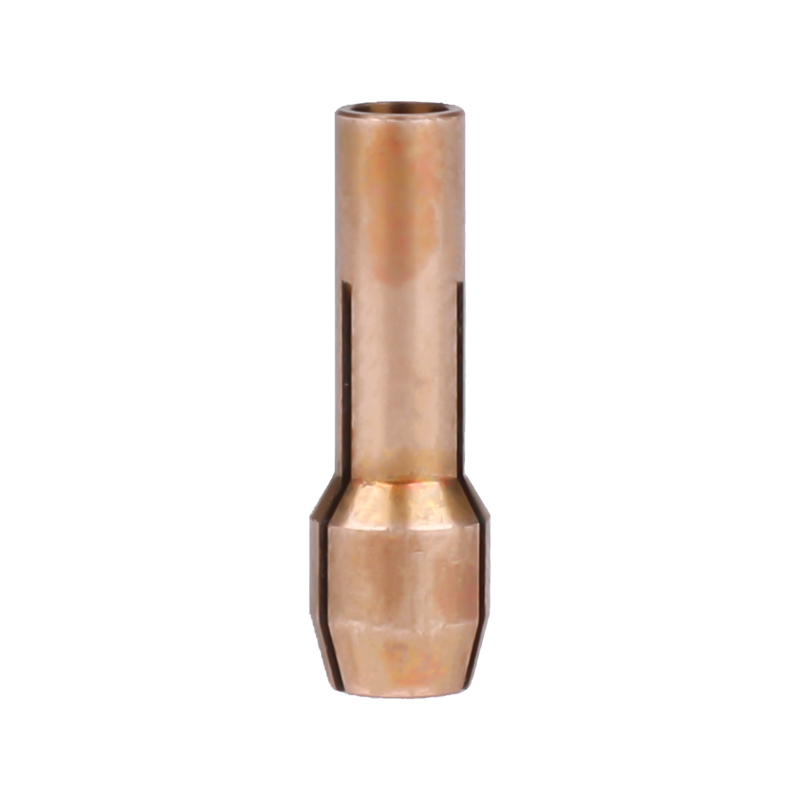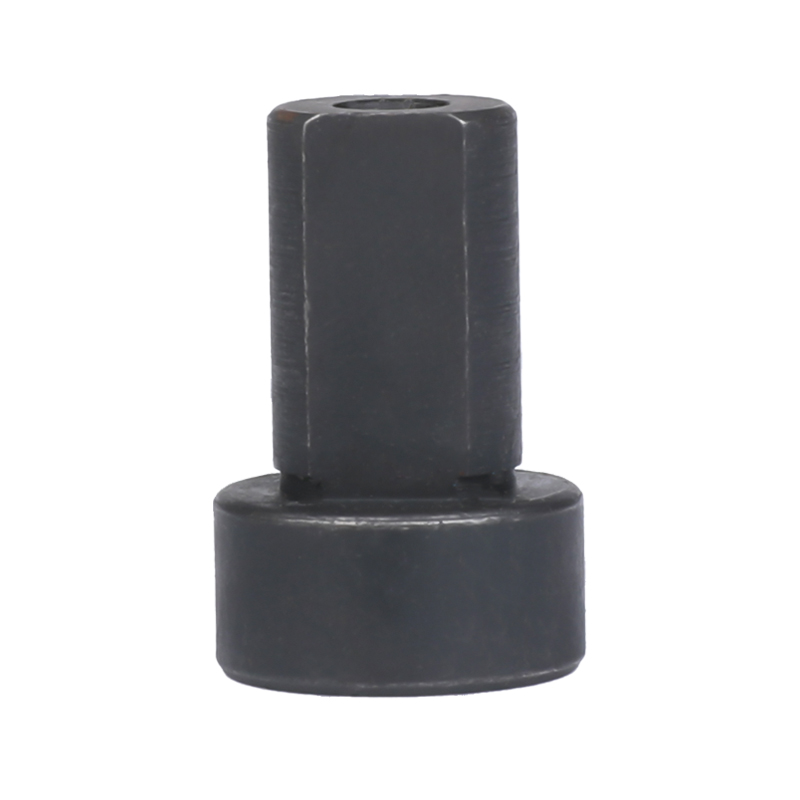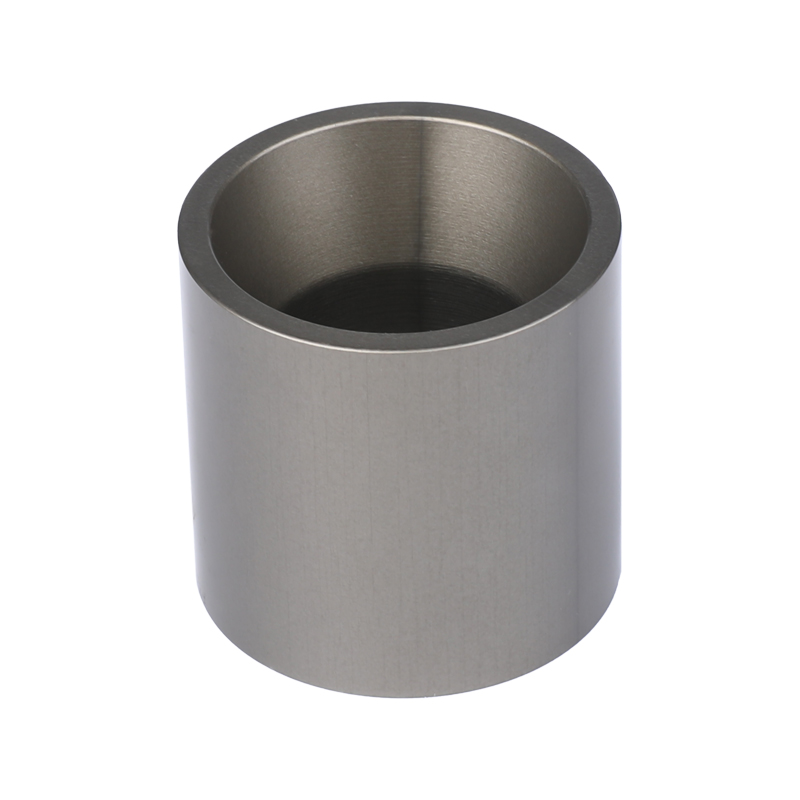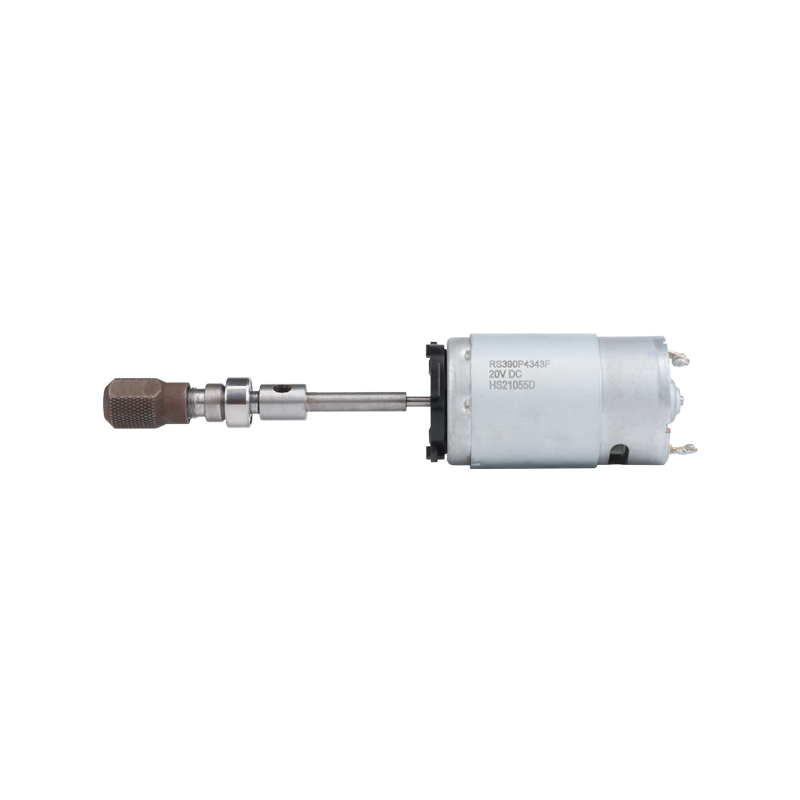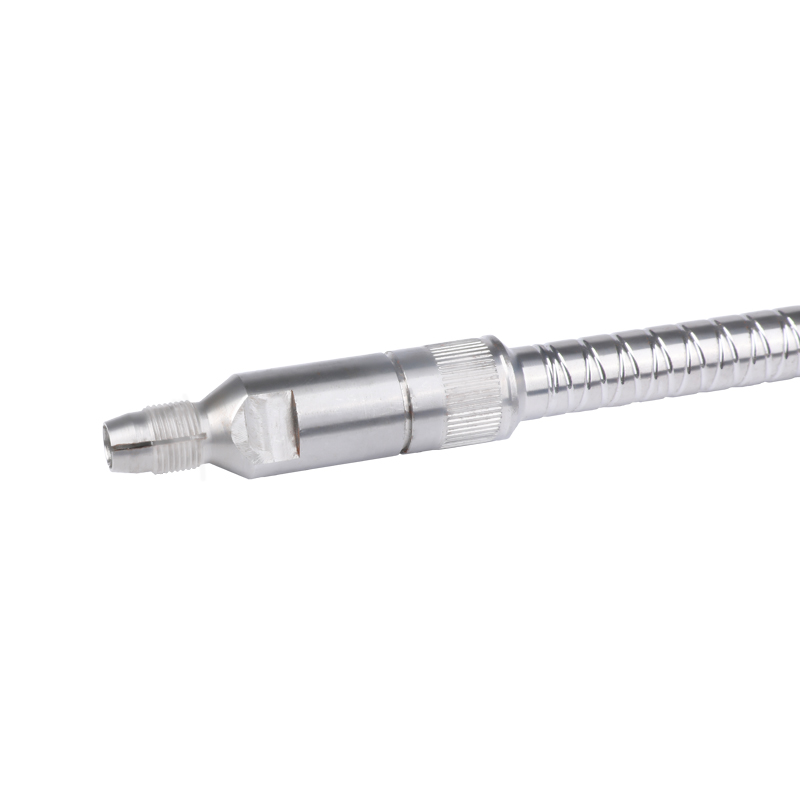In the manufacturing process of relays, a precision electronic control component, copper parts are the key material of its core components, and their processing quality is directly related to the overall performance and service life of the relays. Although the surface of the processed copper parts has been carefully polished and cut, tiny burrs or processing marks may still remain. These seemingly insignificant defects are actually like tiny traps hidden in the world of precision machinery, which not only affect the appearance of the parts, but also pose a potential threat to the assembly accuracy and electrical performance. Therefore, deburring is an indispensable part of the precision machining of copper parts, and its importance is self-evident.
In the field of metal processing, burrs are a phenomenon that is difficult to completely avoid during mechanical processing. They are usually tiny protrusions formed by the tearing or squeezing of the edges of the material during tool cutting, grinding or stamping. For relay parts, these tiny burrs may be distributed on contacts, coil skeletons or other precision matching surfaces. Their existence not only destroys the finish of the surface of the parts, but also may cause serious problems such as jamming, wear and even short circuits during assembly.
From the perspective of assembly accuracy, the presence of burrs will increase the fit gap between parts and reduce the tightness and stability of assembly. In electronic components such as relays that require highly precise fit, any slight assembly error may lead to performance degradation or even failure. For example, burrs on contacts may cause poor contact, increase contact resistance, and thus affect the switching speed and reliability of the relay.
From the perspective of electrical performance, burrs may also become a potential source of electrical failure. Under high voltage or high frequency conditions, burrs may cause partial discharge or arcing, damage the insulating materials inside the relay, and even cause serious consequences such as short circuit or fire. In addition, burrs may also absorb dust and moisture in the air, further increasing the risk of corrosion and electrical failure.
Given the serious impact of burrs on the assembly accuracy and electrical performance of relay parts, deburring has become an indispensable part of copper precision machining. There are many methods for deburring, including physical methods and chemical methods.
Physical deburring mainly uses physical effects such as mechanical force, heat energy or ultrasound to remove burrs on the surface of parts. Common physical deburring methods include:
Grinding deburring: Grinding the surface of parts with grinding tools such as grinding wheels and belts to remove burrs through grinding force. This method is suitable for removing larger or harder burrs, but it is necessary to control the amount of grinding to avoid excessive material removal.
Sandblasting deburring: Use high-pressure airflow to spray abrasives such as sand particles onto the surface of parts to remove burrs through impact and grinding. Sandblasting deburring is efficient and has a wide range of applications, but it is necessary to control the sandblasting pressure and angle to avoid damaging the surface of parts.
Ultrasonic deburring: Use the cavitation effect and impact of ultrasonic waves in liquid to remove burrs on the surface of parts. This method has the advantages of high efficiency, environmental protection, and non-destructiveness, and is particularly suitable for removing tiny or hard-to-reach burrs.
Chemical deburring uses chemical corrosion to remove burrs on the surface of parts. This method is usually suitable for removing tiny burrs or oxide layers on metal surfaces. However, since chemical corrosion has certain selectivity and is difficult to accurately control, it is necessary to carefully select the corrosive agent and control the corrosion time in practical applications to avoid excessive corrosion or damage to the part matrix.
Regardless of the deburring method used, fine operation is required to ensure the deburring effect and part quality. During the operation, the deburring process parameters, such as grinding amount, sandblasting pressure, ultrasonic frequency and corrosion time, should be strictly controlled to avoid unnecessary damage to the part surface. At the same time, the deburred parts must be strictly inspected and tested to ensure that their surface finish, flatness, assembly accuracy and electrical performance meet the design requirements.
Deburring is a key link in the precision machining of copper parts relay parts, and its importance cannot be ignored. By adopting appropriate deburring methods and fine operations, the finish and flatness of the part surface can be ensured, laying a solid foundation for subsequent assembly and electrical connection. At the same time, deburring is also one of the important means to improve the assembly accuracy and electrical performance of relay parts, which is of great significance to ensure the stability and reliability of the overall performance of the relay.

 English
English Español
Español 日本語
日本語 中文简体
中文简体